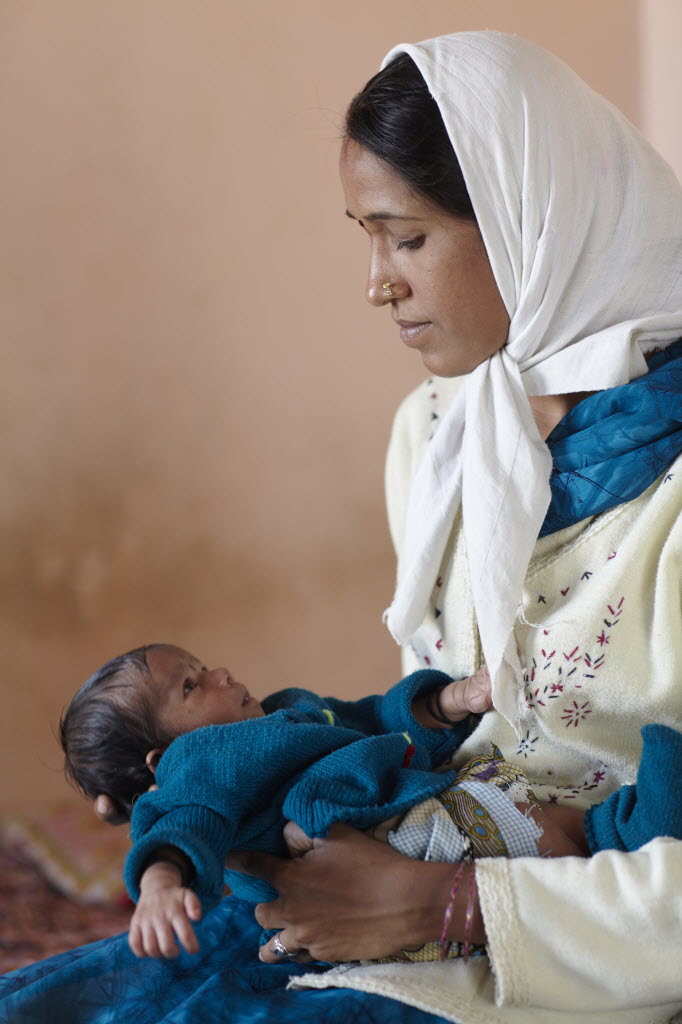India contributes to the largest numbers of global neonatal and under-five child deaths. Despite tremendous progress in reducing mortality and increasing access to health services through expansion in the infrastructure of the healthcare facilities and number of health care workers, gaps in care remain. Globally, it is widely acknowledged that improving the quality of healthcare, especially in the low- and middle-income countries, will be essential for achieving the health-related targets of the Sustainable Development Goals (SDG).(1)
Improving quality of care at the point of delivery can be made to the current healthcare delivery services through quality improvement techniques. Quality Improvement (QI) approaches rely on equipping front-line healthcare workers and managers with skills to identify and solve problems at their level. In India, there have been multiple quality improvement approaches used for maternal and child health in recent years, many with rich results and lessons learned.
This month, a special issue of Indian Pediatrics has been dedicated to the subject of ‘Better healthcare through quality improvement.’ The purpose of this series is to highlight mechanisms that can support healthcare providers in using various QI approaches and showcases some of the improvement projects undertaken in the country by different teams. This journal issue contains papers that (i) illustrate the cardinal principles of QI implementation; (ii) provide examples of how this approach has been used to address the six dimensions of quality in the Indian context; and (iii) describe some resources that can support health workers in using the QI tools. This issue comprises 14 research papers, two review articles, and three special articles. (2)
Some overarching lessons derived from this series on India’s experience of QI implementation for newborn health include:
* Leadership plays a crucial role in imbibing and sustaining QI. There is a need for local champions who drive the QI projects on day-to-day basis.
* The QI team must include all stakeholders who have knowledge of the key processes involved to ensure the right problems are addressed with accurate analyses and appropriate improvement approaches.
* Local adaption of standard guidelines to fit the context yields results; this requires teams who use PDSA cycles to change how they deliver care.
* Measurement is critical for improvement. Data collection and analysis for QI projects requires clear operational definitions and rigor to ensure validity. Measurements that are few but focused on providing direction to the processes of change are the sine qua non of data handling for QI projects.
An important facet of the improvement process is to find newer ideas for problem solving. Innovative solutions are needed to reach the interiors of India to educate health professionals in QI methodology and create a platform for sharing information. Collaborative networking, especially in perinatal and neonatal care, has been in a nascent stage in India, but there are opportunities for learning and sharing different care practices blossoming which must be capitalized on.
___________________________
1The Lancet Quality of Care commission, Lancet Global Health 6 Sept 2018. NASEM Crossing the Quality Chasm, September 2018
2The Indian Pediatrics Journal has released a special issue on ‘Better Healthcare Through Quality Improvement’.It contains papers that illustrate the key principles of quality improvement implementation, provide practical examples of how this approach has been used to address quality in the Indian context, and describe some resources that can support health workers in using quality improvement methods.
